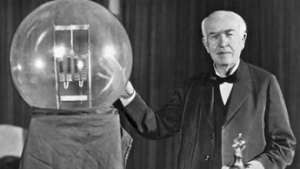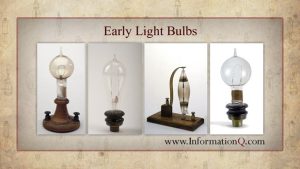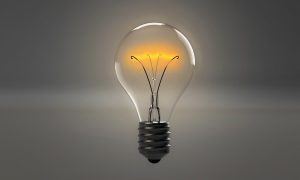Incandescent Light bulb
More than 150 years ago, inventors began working on a bright idea that would have a dramatic impact on how we use energy in our homes and offices. This invention changed the way we design buildings, increased the length of the average workday and jumpstarted new businesses. It also led to new energy breakthroughs — from power plants and electric transmission lines to home appliances and electric motors.
Like all great inventions, the light bulb can’t be credited to one inventor. It was a series of small improvements on the ideas of previous inventors that have led to the light bulbs we use in our homes today.
Though Thomas Edison is usually credited as the man who invented the lightbulb, the famous American inventor wasn’t the only one who contributed to the development of this revolutionary technology. Alessandro Volta, Humphrey Davy and Joseph Swan played a critical role in the development of this technology.
An incandescent light bulb is an electric light with a filament that is heated until it glows. The filament is enclosed in a glass bulb that is either evacuated or filled with inert gas to protect the filament from oxidation. Electric current is supplied to the filament by terminals or wires embedded in the glass. A bulb socket provides mechanical support and electrical connections.
Incandescent bulbs are manufactured in a wide range of sizes, light output and voltage ratings from 1.5 volts to about 300 volts. They require no external regulating equipment, have low manufacturing costs, and work equally well on either alternating current or direct current. As a result, the incandescent bulb became widely used in household and commercial lighting, for portable lighting such as table lamps, car headlamps, and flashlights, decorative and advertising lighting. There are a few different types of bulb sockets such as Bayonet cap and screw net cap and screw cap.





